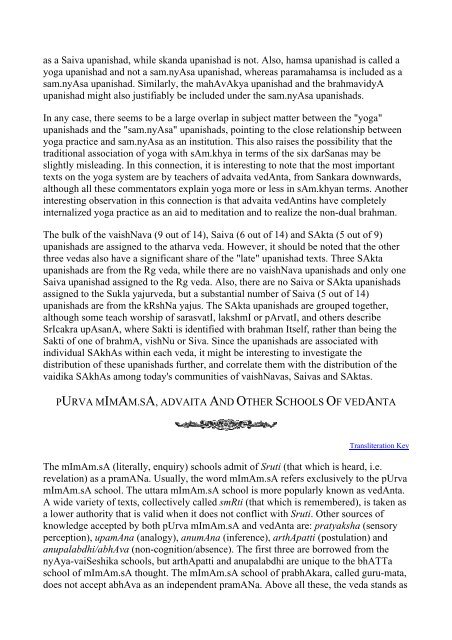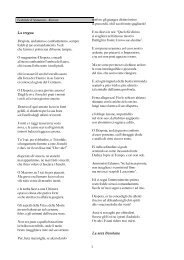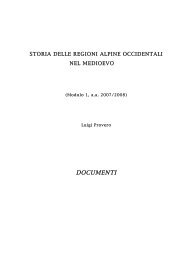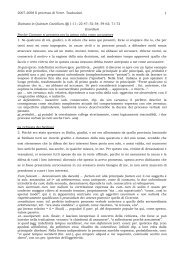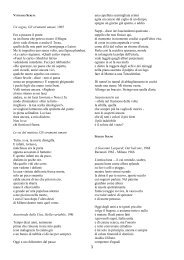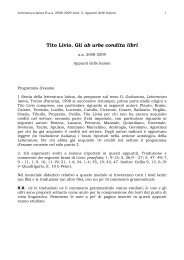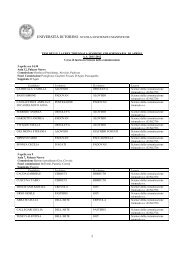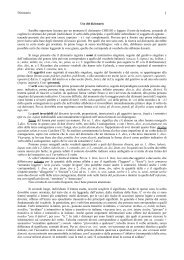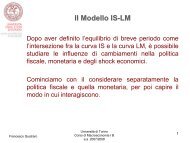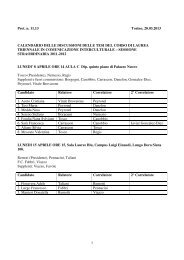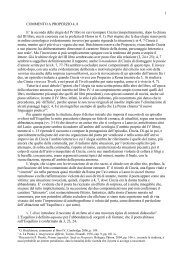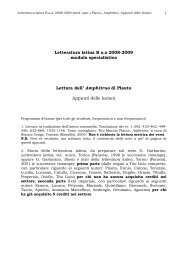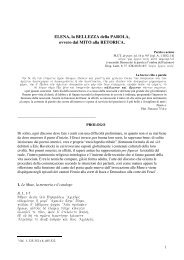ajAti vAda
ajAti vAda
ajAti vAda
Create successful ePaper yourself
Turn your PDF publications into a flip-book with our unique Google optimized e-Paper software.
as a Saiva upanishad, while skanda upanishad is not. Also, hamsa upanishad is called a<br />
yoga upanishad and not a sam.nyAsa upanishad, whereas paramahamsa is included as a<br />
sam.nyAsa upanishad. Similarly, the mahAvAkya upanishad and the brahmavidyA<br />
upanishad might also justifiably be included under the sam.nyAsa upanishads.<br />
In any case, there seems to be a large overlap in subject matter between the "yoga"<br />
upanishads and the "sam.nyAsa" upanishads, pointing to the close relationship between<br />
yoga practice and sam.nyAsa as an institution. This also raises the possibility that the<br />
traditional association of yoga with sAm.khya in terms of the six darSanas may be<br />
slightly misleading. In this connection, it is interesting to note that the most important<br />
texts on the yoga system are by teachers of advaita vedAnta, from Sankara downwards,<br />
although all these commentators explain yoga more or less in sAm.khyan terms. Another<br />
interesting observation in this connection is that advaita vedAntins have completely<br />
internalized yoga practice as an aid to meditation and to realize the non-dual brahman.<br />
The bulk of the vaishNava (9 out of 14), Saiva (6 out of 14) and SAkta (5 out of 9)<br />
upanishads are assigned to the atharva veda. However, it should be noted that the other<br />
three vedas also have a significant share of the "late" upanishad texts. Three SAkta<br />
upanishads are from the Rg veda, while there are no vaishNava upanishads and only one<br />
Saiva upanishad assigned to the Rg veda. Also, there are no Saiva or SAkta upanishads<br />
assigned to the Sukla yajurveda, but a substantial number of Saiva (5 out of 14)<br />
upanishads are from the kRshNa yajus. The SAkta upanishads are grouped together,<br />
although some teach worship of sarasvatI, lakshmI or pArvatI, and others describe<br />
SrIcakra upAsanA, where Sakti is identified with brahman Itself, rather than being the<br />
Sakti of one of brahmA, vishNu or Siva. Since the upanishads are associated with<br />
individual SAkhAs within each veda, it might be interesting to investigate the<br />
distribution of these upanishads further, and correlate them with the distribution of the<br />
vaidika SAkhAs among today's communities of vaishNavas, Saivas and SAktas.<br />
PURVA MIMAM.SA, ADVAITA AND OTHER SCHOOLS OF VEDANTA<br />
Transliteration Key<br />
The mImAm.sA (literally, enquiry) schools admit of Sruti (that which is heard, i.e.<br />
revelation) as a pramANa. Usually, the word mImAm.sA refers exclusively to the pUrva<br />
mImAm.sA school. The uttara mImAm.sA school is more popularly known as vedAnta.<br />
A wide variety of texts, collectively called smRti (that which is remembered), is taken as<br />
a lower authority that is valid when it does not conflict with Sruti. Other sources of<br />
knowledge accepted by both pUrva mImAm.sA and vedAnta are: pratyaksha (sensory<br />
perception), upamAna (analogy), anumAna (inference), arthApatti (postulation) and<br />
anupalabdhi/abhAva (non-cognition/absence). The first three are borrowed from the<br />
nyAya-vaiSeshika schools, but arthApatti and anupalabdhi are unique to the bhATTa<br />
school of mImAm.sA thought. The mImAm.sA school of prabhAkara, called guru-mata,<br />
does not accept abhAva as an independent pramANa. Above all these, the veda stands as


